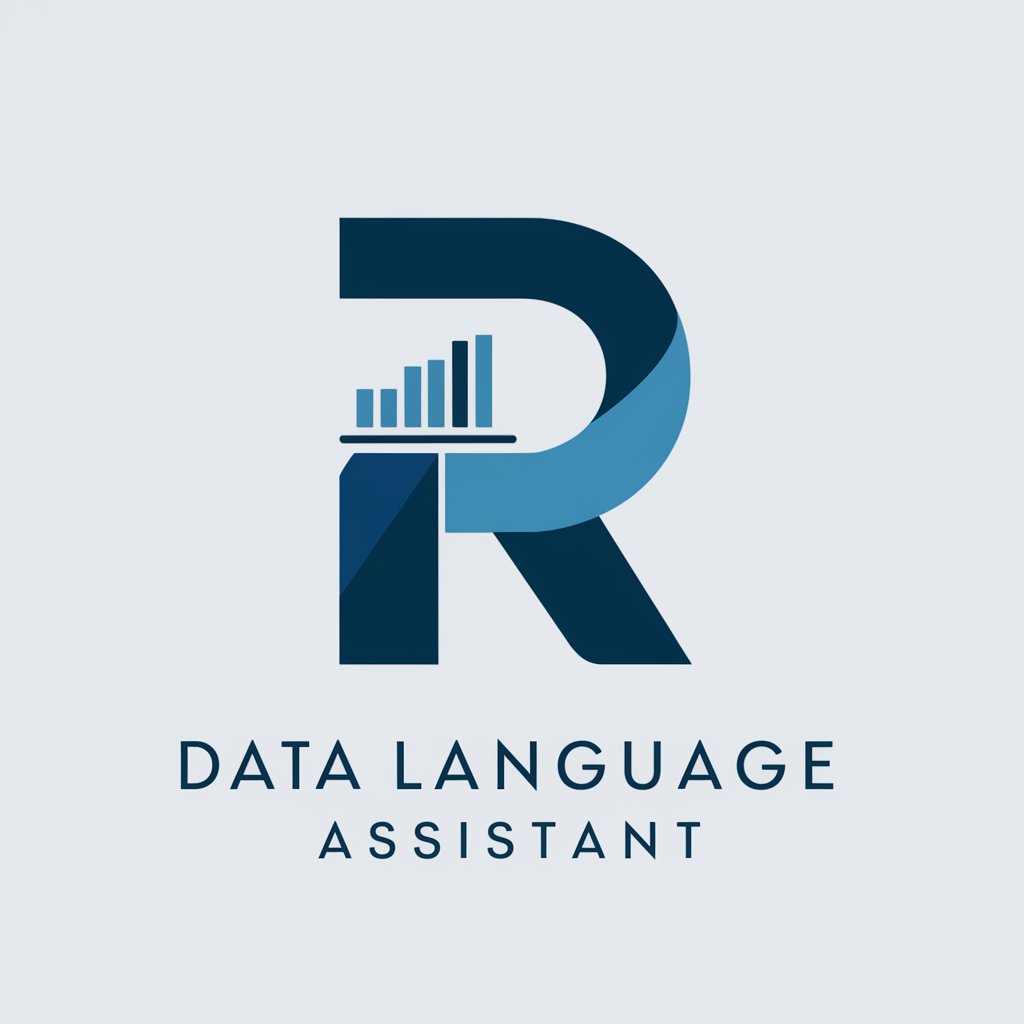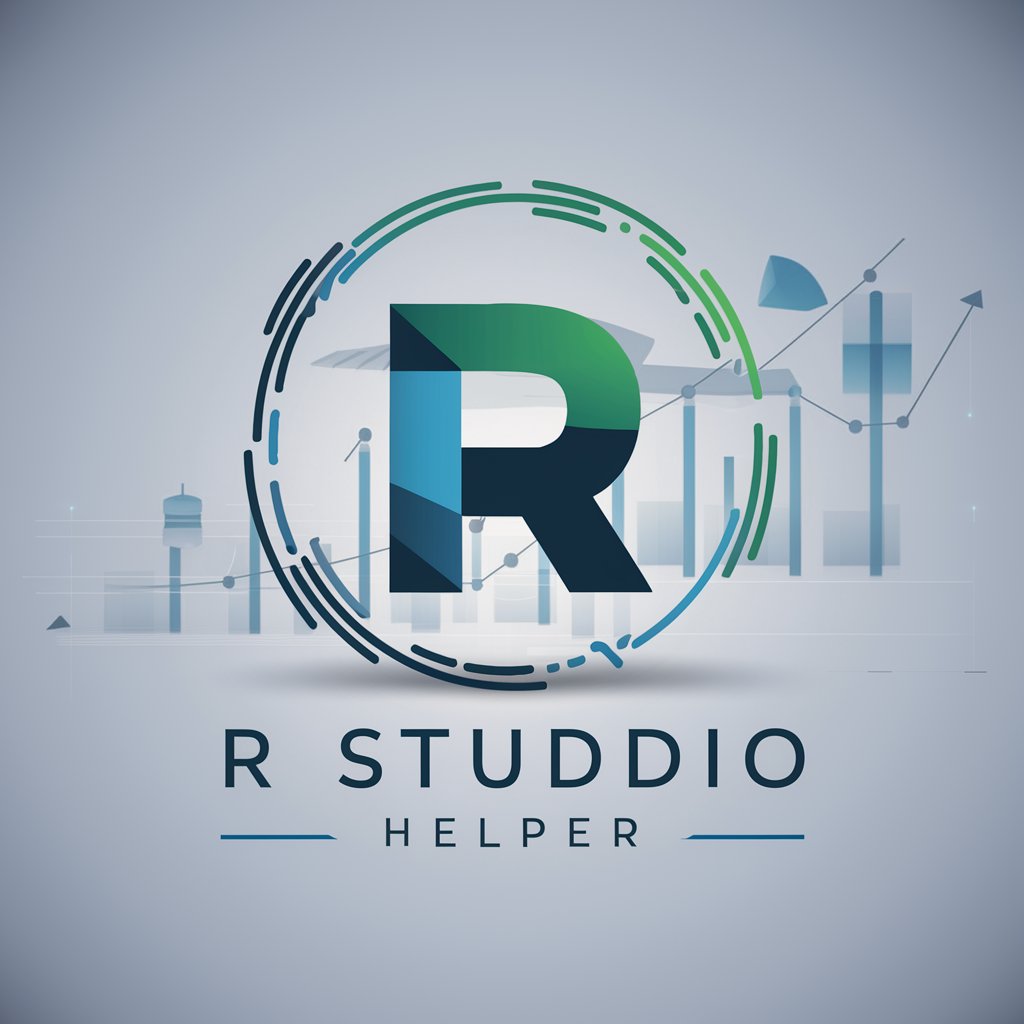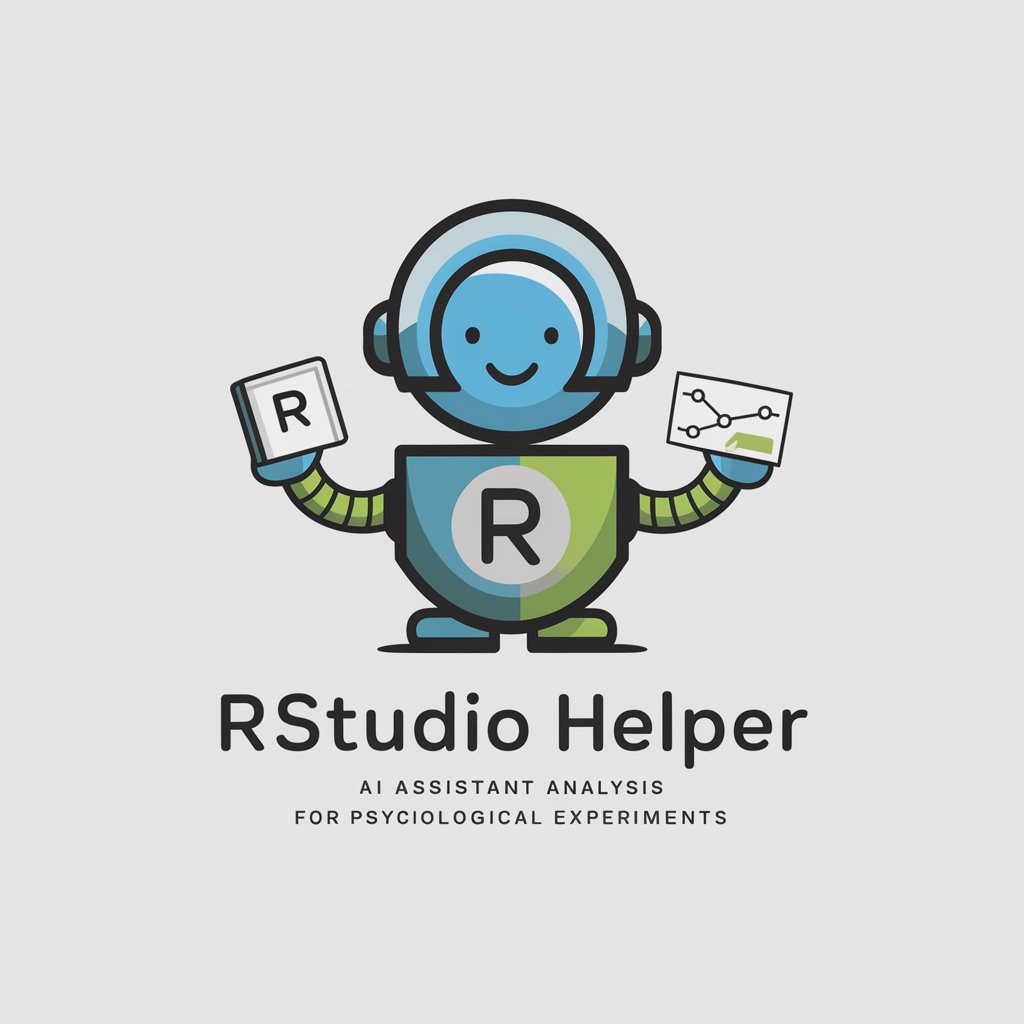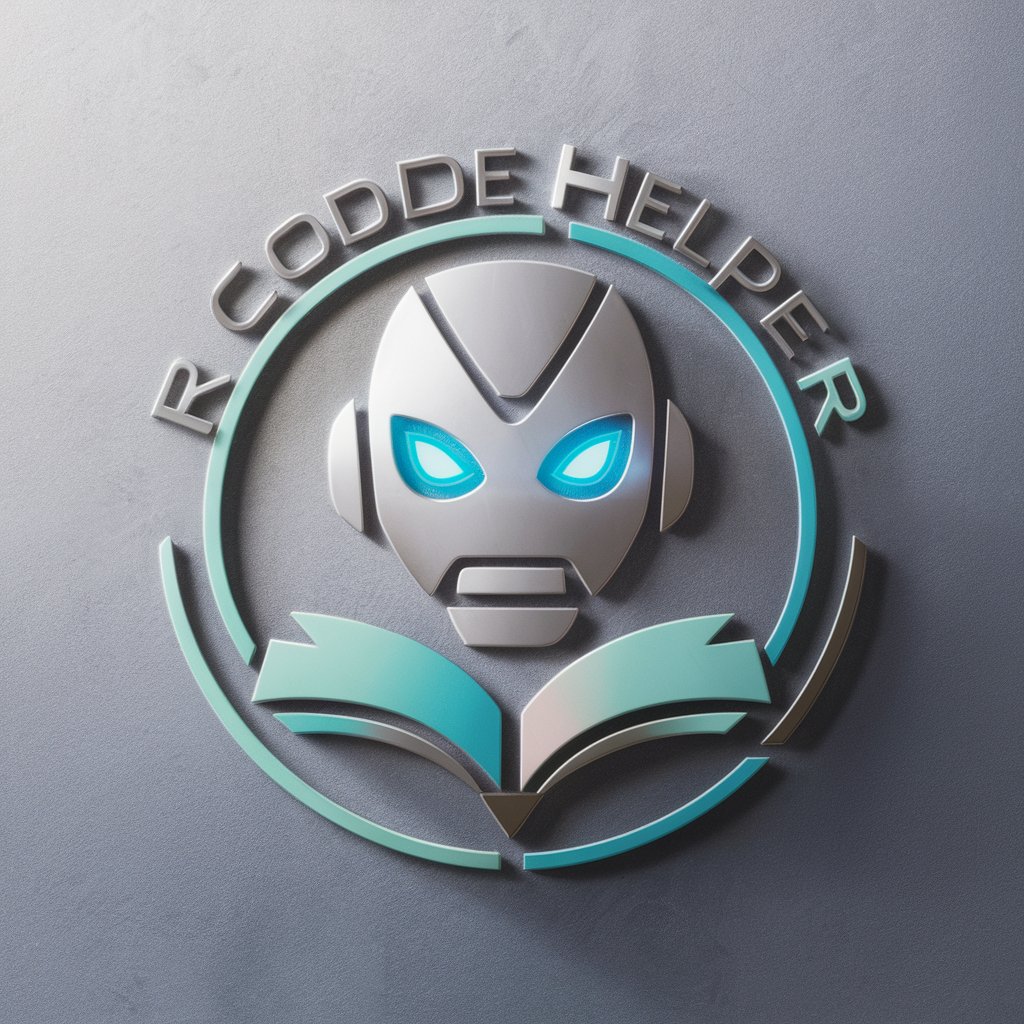
RStudio ggplot2 Assistant - ggplot2 Code Instantly
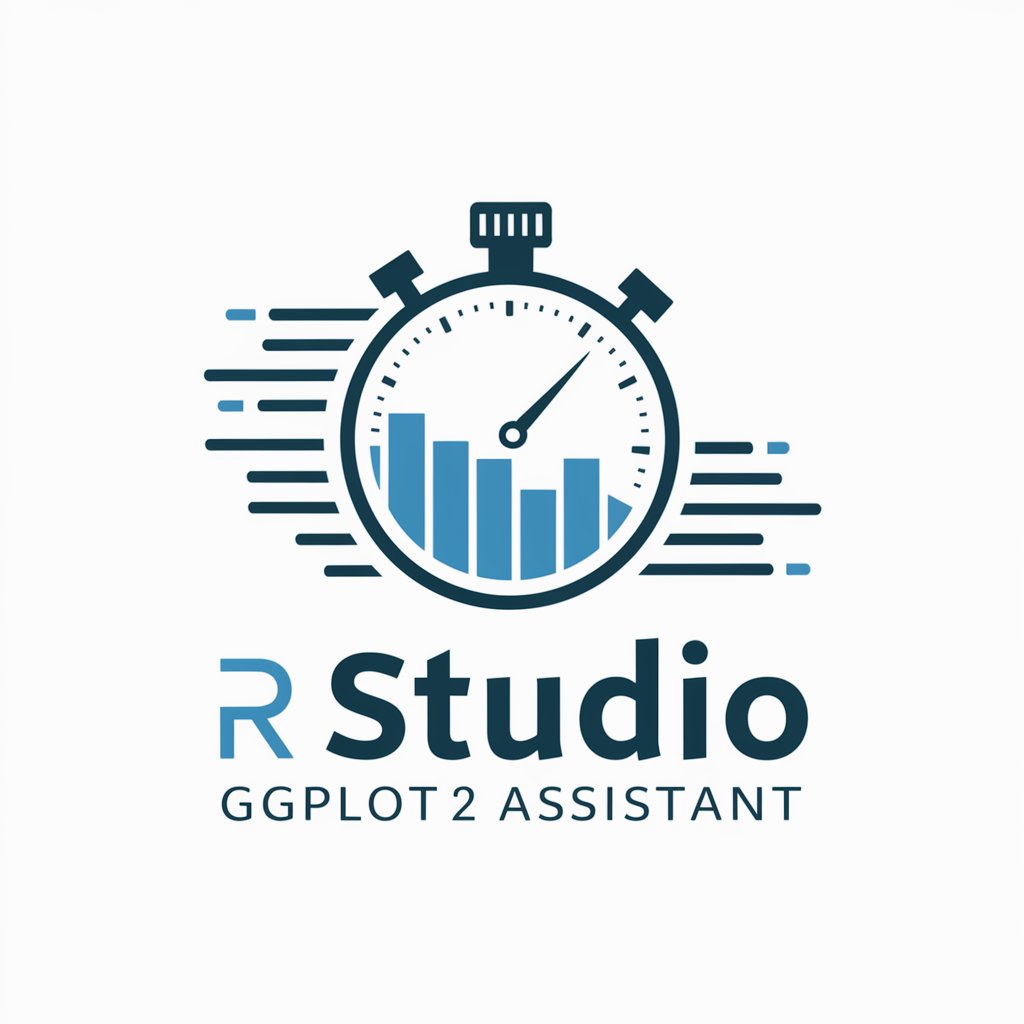
Welcome to the Fast R ggplot2 Code Assistant!
Effortless Data Visualization with AI
Generate a ggplot2 scatter plot with
Create a bar chart in ggplot2 using
Show how to make a line graph in ggplot2 with
Design a ggplot2 histogram that
Get Embed Code
Introduction to RStudio ggplot2 Assistant
The RStudio ggplot2 Assistant is designed to expedite and facilitate the use of ggplot2, a widely-used visualization package in R. Its primary purpose is to quickly generate R code for ggplot2 tasks, helping users create compelling data visualizations with minimal effort. This assistant focuses on providing immediate code solutions followed by brief explanations, ensuring users can efficiently understand and apply ggplot2 functionality to their data analysis projects. An example scenario might involve a user needing to plot a scatter plot with ggplot2; the Assistant would provide the necessary code and a concise explanation of how to customize the plot with different aesthetic mappings and themes. Powered by ChatGPT-4o。

Main Functions of RStudio ggplot2 Assistant
Code Generation
Example
library(ggplot2) ggplot(data = df, aes(x = var1, y = var2)) + geom_point()
Scenario
When a user needs to create a scatter plot visualizing the relationship between two variables in their dataset, the Assistant quickly provides the appropriate ggplot2 syntax.
Explanation and Customization Tips
Example
To change the point color to blue, add `+ geom_point(color = 'blue')` to your plot code.
Scenario
After generating the basic plot code, the Assistant offers advice on customizing plots, such as changing colors, themes, or adding layers, enabling users to tailor their visualizations precisely.
Visual Examples and Supplemental Information
Example
Provides visual examples or generates images illustrating how the final visualization might look with the applied code.
Scenario
If a user is unsure how a specific ggplot2 feature will affect their plot, the Assistant can generate or retrieve images showing the outcome of using various ggplot2 functions and parameters.
Ideal Users of RStudio ggplot2 Assistant Services
Data Scientists and Analysts
Professionals involved in data analysis who require efficient tools to visualize data for insights. They benefit from the Assistant's ability to quickly generate complex visualizations and explanations, enhancing their data storytelling capabilities.
Academic Researchers
Researchers in academia who need to create data visualizations for their papers or presentations. The Assistant can help them efficiently produce publication-quality graphics, enabling them to focus more on their research.
R Programming Beginners
Individuals new to R and ggplot2 who seek to understand and apply data visualization principles effectively. The Assistant serves as an educational tool, providing code examples and explanations to accelerate their learning curve.

How to Use RStudio ggplot2 Assistant
1
Access a free trial instantly at yeschat.ai without any need for login or a ChatGPT Plus subscription.
2
Prepare your data in R and have a clear idea of the visualization you need. This could be a scatter plot, histogram, or any other type supported by ggplot2.
3
Formulate your question clearly, focusing on the specific ggplot2 functionality you're interested in, such as data visualization, customization, or adding layers.
4
Input your question into the RStudio ggplot2 Assistant. Use specific details about your dataset and desired output to get the most accurate code response.
5
Implement the provided ggplot2 code in your RStudio environment. Adjust the code if necessary, based on your dataset's specific characteristics or your visual preferences.
Try other advanced and practical GPTs
Plot Weaver
Enhancing Stories with AI-Powered Creativity
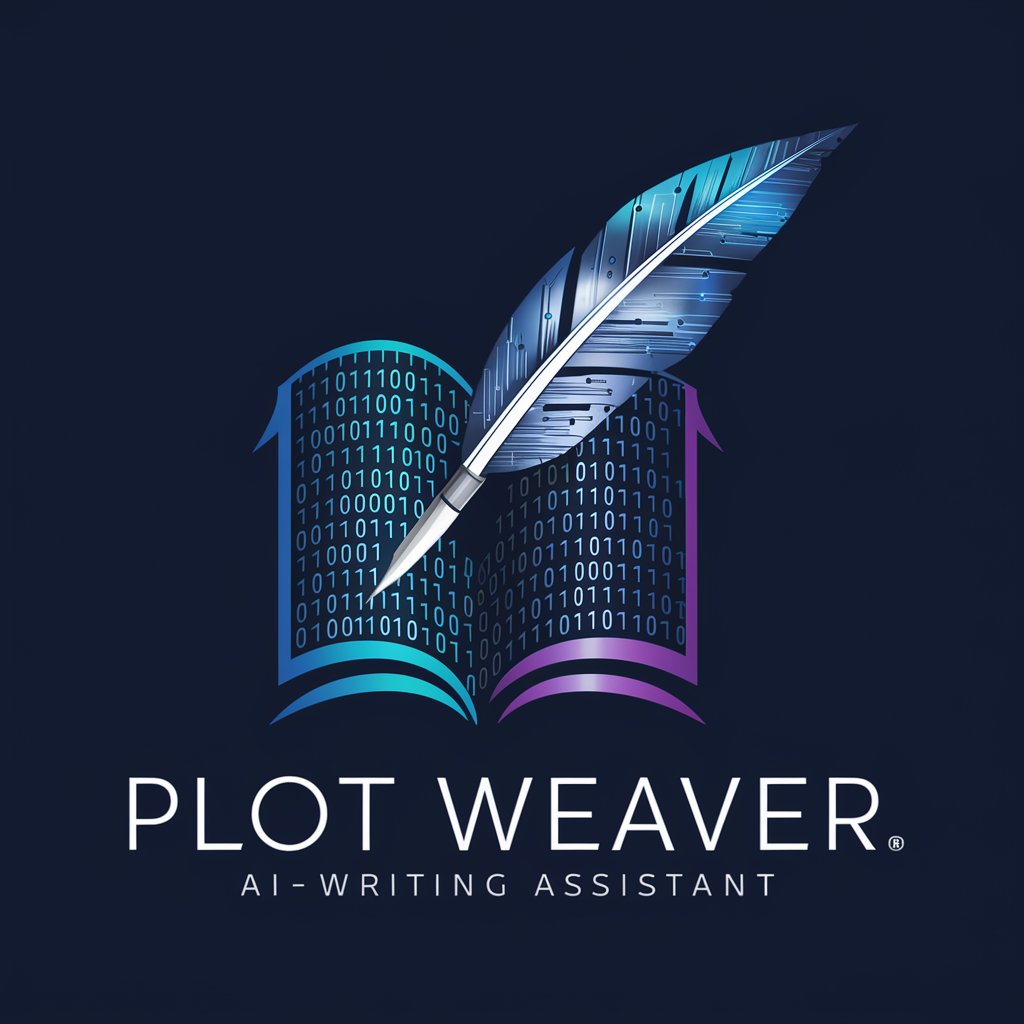
Plot Bot
Elevate Your Storytelling with AI
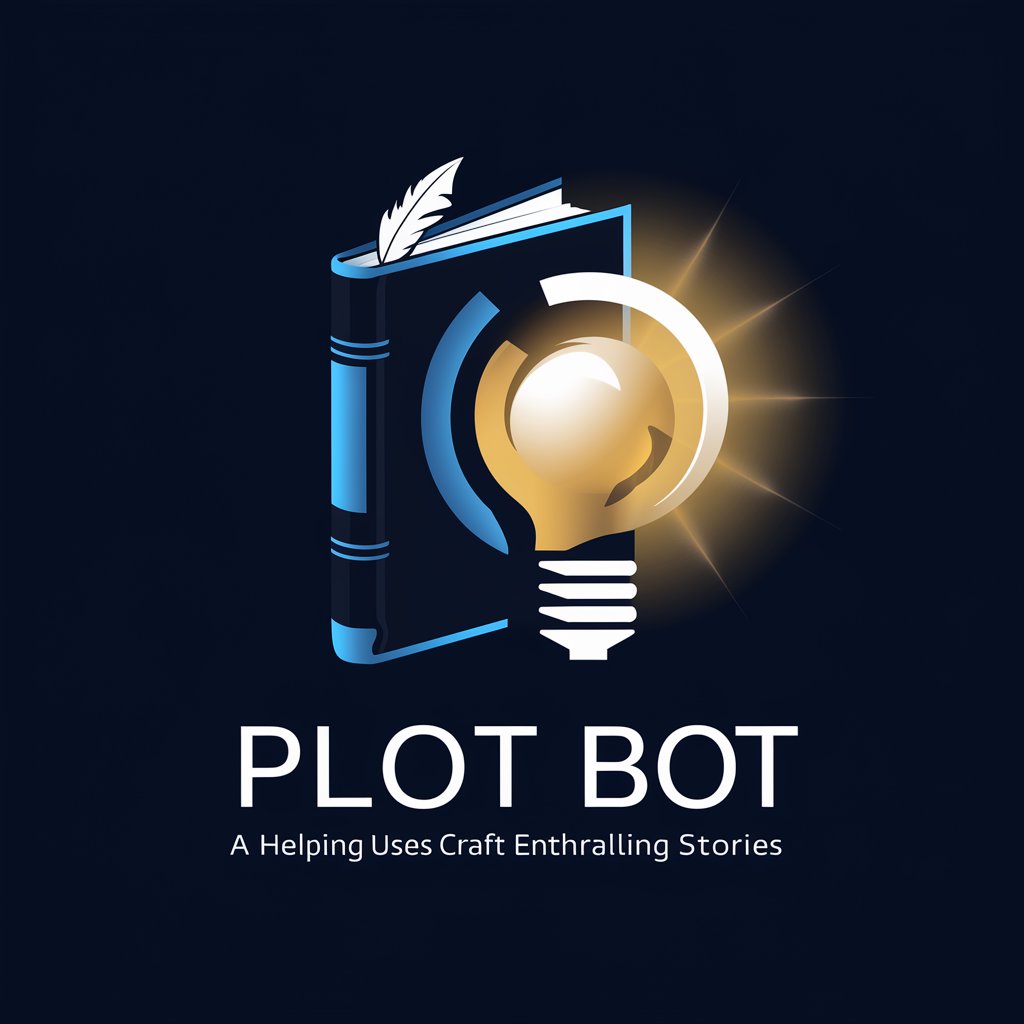
Plot Predictor
AI-driven Film Plot Forecasting

Plot Whisperer
Discover Your Next Favorite Movie
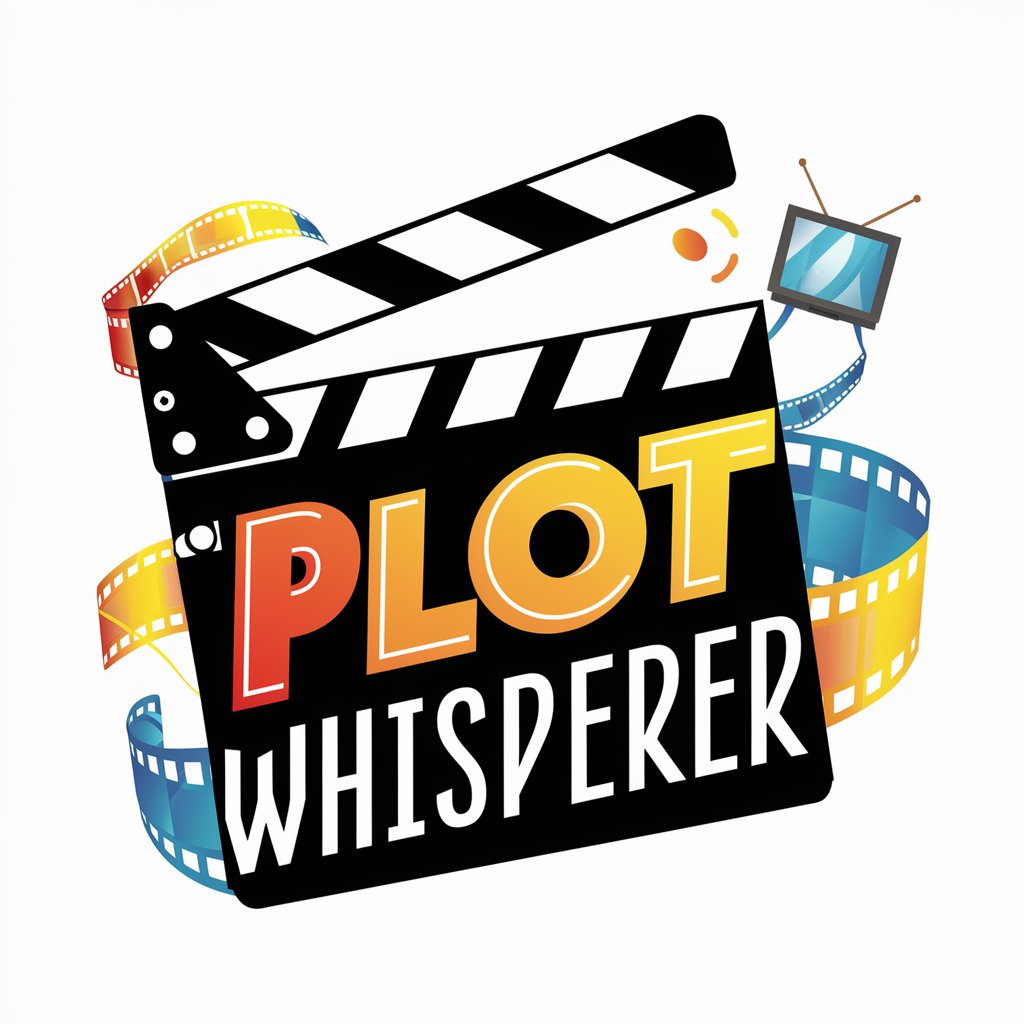
Plot Master
Elevate Your Reading with AI
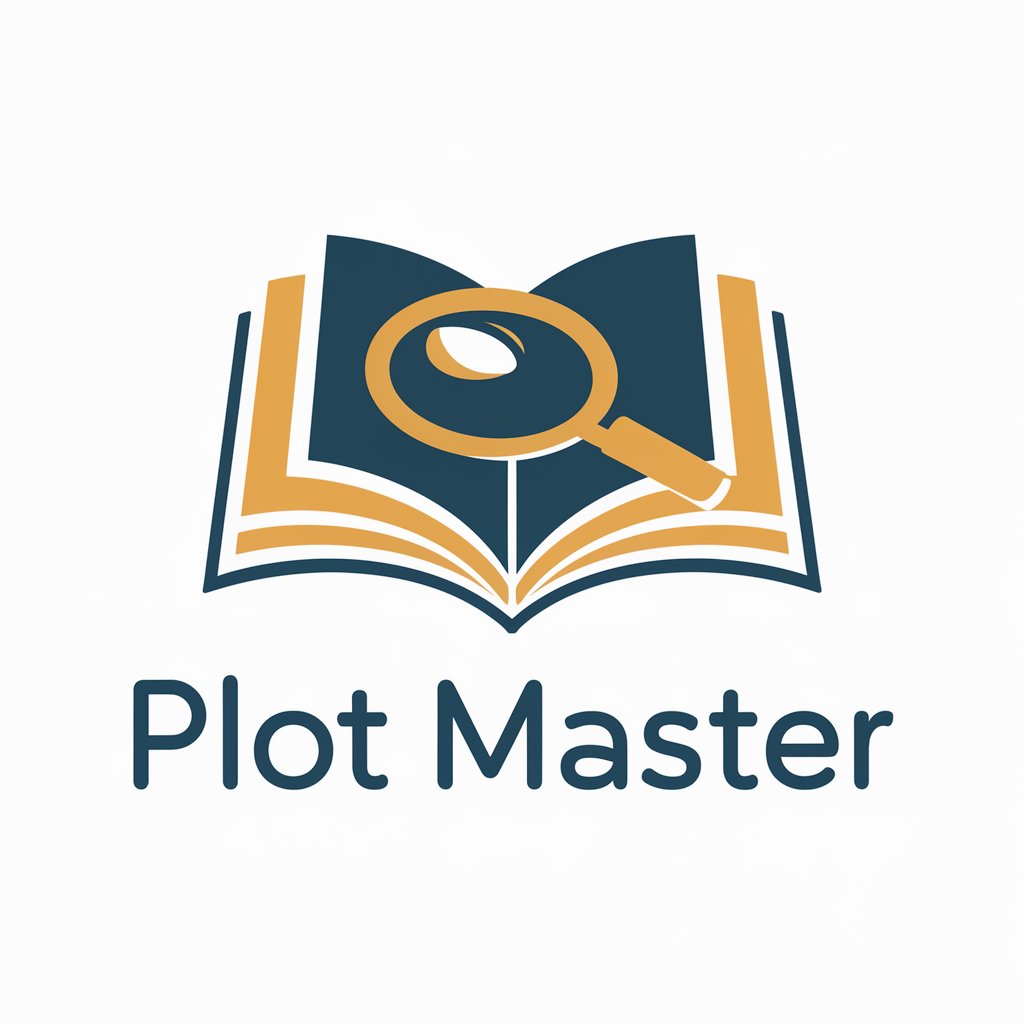
Positive GPT
Elevate Your Mind with AI
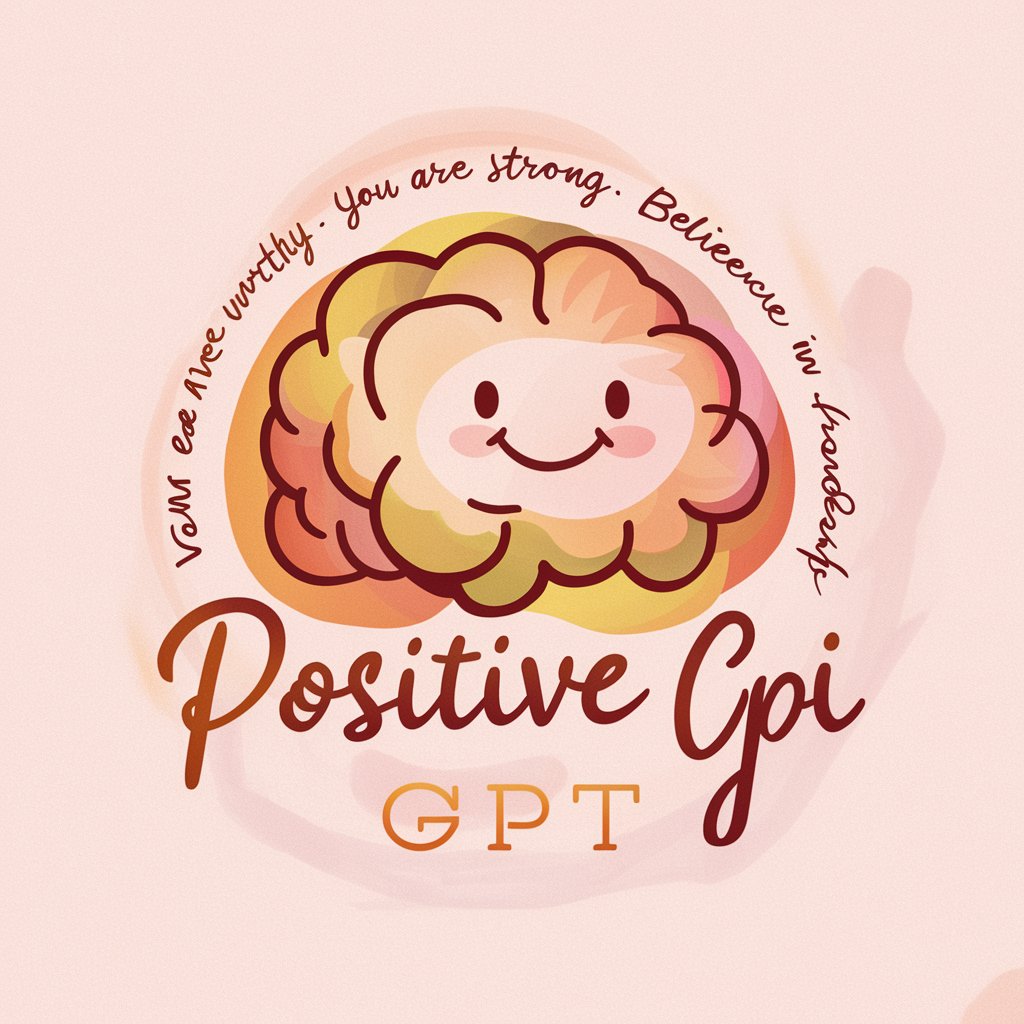
Plot AI
Visualize Data, Amplify Insights
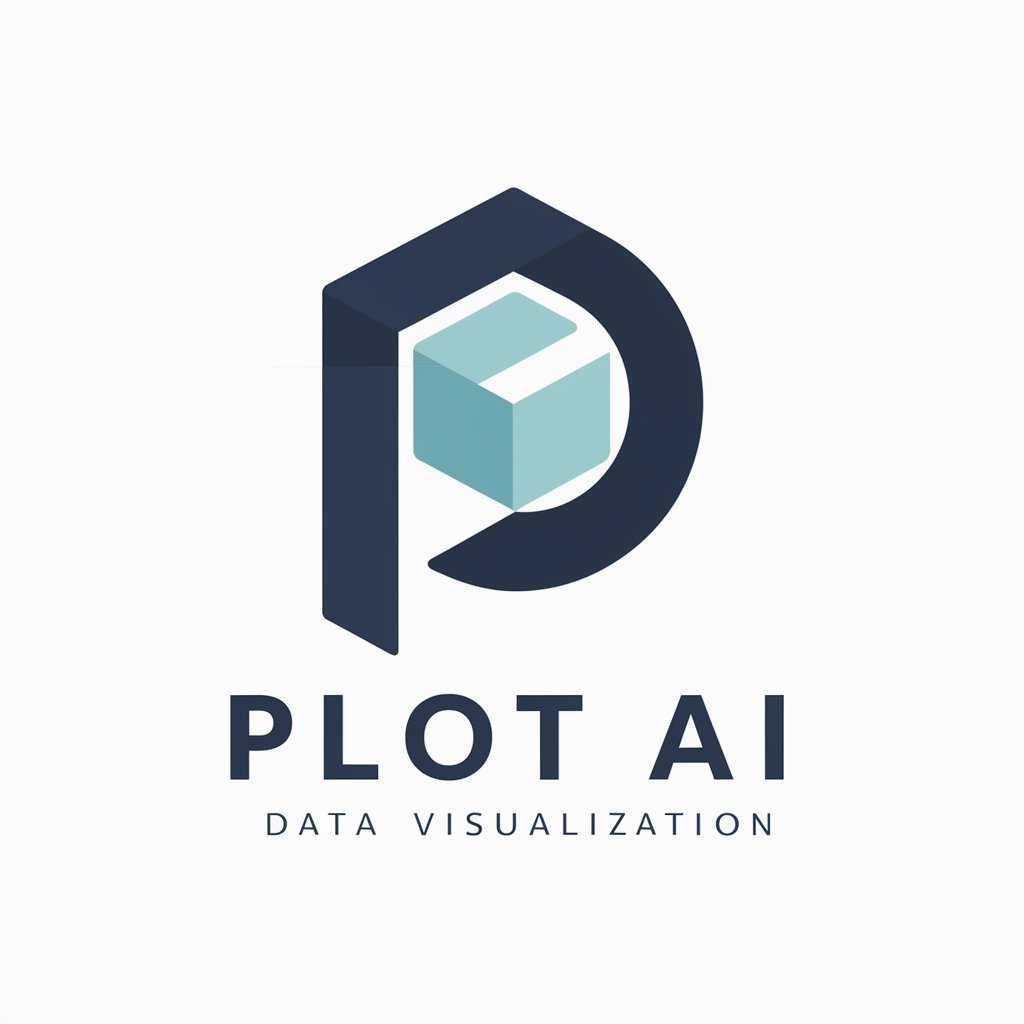
Travel Buddy
Your AI-powered travel guide

Travel Tailor
Explore Smarter, Travel Better

Homework Helper
Smart Learning with AI Assistance
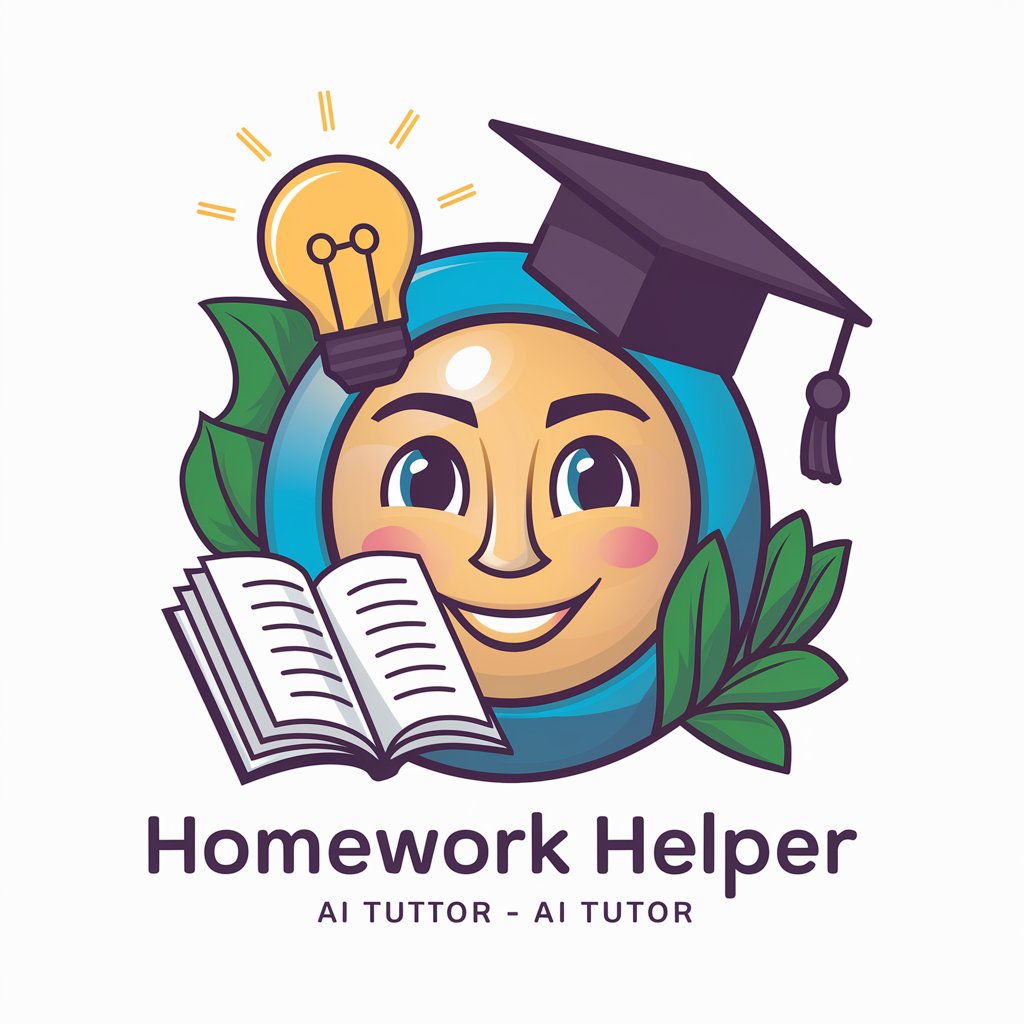
Homework Helper
Your Smart Academic Partner

Homework Helper
Empowering Students with AI Assistance
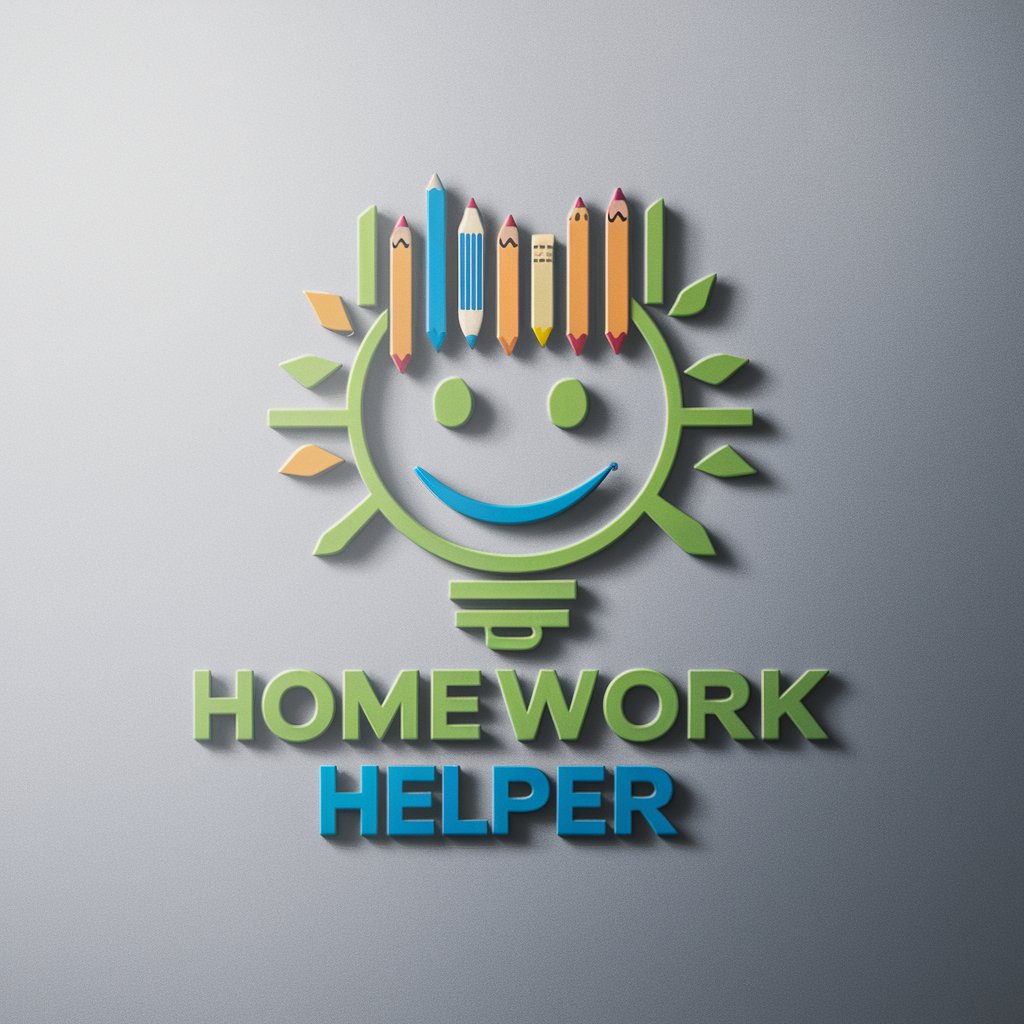
FAQs about RStudio ggplot2 Assistant
Can RStudio ggplot2 Assistant generate code for any type of ggplot2 visualization?
Yes, the Assistant can generate code for a wide range of ggplot2 visualizations, including scatter plots, histograms, bar charts, and more, tailored to your specific dataset and visualization goals.
Is prior knowledge of ggplot2 required to use the Assistant?
No prior knowledge is necessary, but a basic understanding of R programming and ggplot2 can help you refine your questions and implement the provided code more effectively.
How can I customize the code provided by the Assistant for my specific needs?
The Assistant provides a solid foundation. You can customize the output by adjusting parameters within the ggplot2 functions, such as colors, themes, and labels, to fit your dataset and desired aesthetics.
Can the Assistant provide advice on data preparation for ggplot2 visualizations?
While the Assistant's primary focus is on ggplot2 code generation, it can offer general guidance on preparing your data for visualization, such as suggestions for data cleaning and structuring.
How does the Assistant handle complex visualization requests?
For complex requests, the Assistant breaks down the task into manageable steps, providing code and explanations for each part of the visualization process, ensuring clarity and ease of implementation.
